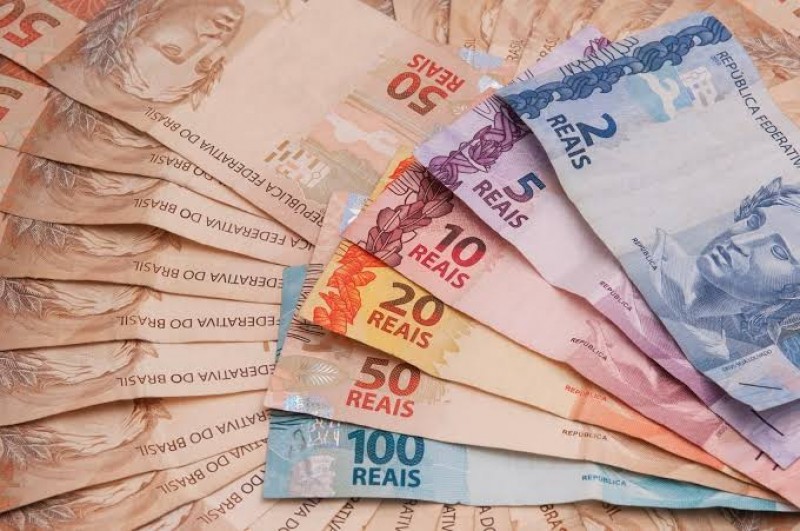RIO DE JANEIRO, BRAZIL – The Brazilian Gross Domestic Product (GDP) dropped by 8.7 percent in Q2 compared to Q1, according to the GDP Monitor, calculated by the Brazilian Institute of Economics of the Getúlio Vargas Foundation (Ibre/FGV).
When compared to 2019 Q2, the drop was 10.5 percent, according to data released on Tuesday, August 18th. According to the FGV, the 8.7 percent contraction in GDP in Q2 is the largest decline “for the country since 1980,” when official quarterly data record-keeping began.
“It is undeniable that the Covid-19 pandemic has brought enormous challenges for the Brazilian economy that should still take time to be overcome. However, in the breakdown analysis of the second quarter months, it is noted that the worst performance occurred in April.

Although the interannual rates for May and June are still very negative, there has already been an improvement in the results in these months in the seasonally adjusted comparison,” reads the note released on Tuesday by the FGV.
In June, the GDP Monitor pointed to a 4.2 percent increase in the GDP compared to May. Compared to June 2019, the downturn in economic activity stood at 6.5 percent, according to the GDP Monitor.
“Although the economy is in a worse situation in Q2 compared to the preceding quarter, in the short term there is an improvement in activity,” continues the FGV’s note.
On the supply side, the record slump in GDP in Q2 was driven by industry, which fell by 12.8 percent in activity, compared to the first three months of the year, and by the service sector, which fell 8.4 percent, on the same comparison basis.
On the demand front, both household consumption and gross fixed capital formation (GFCF, a measure of investment in the GDP) pushed up the historic slump, according to the GDP Monitor, which calculates these data broken down only in the year-on-year comparison. Household consumption fell by 11.6 percent compared to 2019 Q2.
“In the consumption of goods analysis, the strong downturns in consumption of semi-durables (-51.0 percent) and durable goods (-30.2 percent) are explained by drops in all segments that make up these types of consumption.
“On the other hand, the consumption of non-durables, although it retracted 1.1 percent in the quarter, showed growth in the foodstuffs, pharmaceutical, and perfumery segments. Services consumption also contracted in several segments, although declines in housing and food and private health consumption were the greatest contributors to the decline in this type of consumption,” reads the FGV note.
GFCF shrank 20.9 percent in Q2 compared to the same period in 2019. According to FGV, there was a drop in all its components, but 70 percent of the reduction in investments was due to the significant retraction in contributions to machinery and equipment (-35.9 percent), with emphasis on “cars, vans, trucks, and buses”.
Consequently, the GDP Monitor estimated that the investment rate stood at 15.8 percent of GDP in Q2. This rate is two percentage points below the average since 2000, reported FGV.
The GDP Monitor tries to anticipate the trend of the main economic index using the same data sources and methodology as the Brazilian Institute of Geography and Statistics (IBGE), responsible for the official calculation of the national accounts.
Source: Estadão Conteúdo

